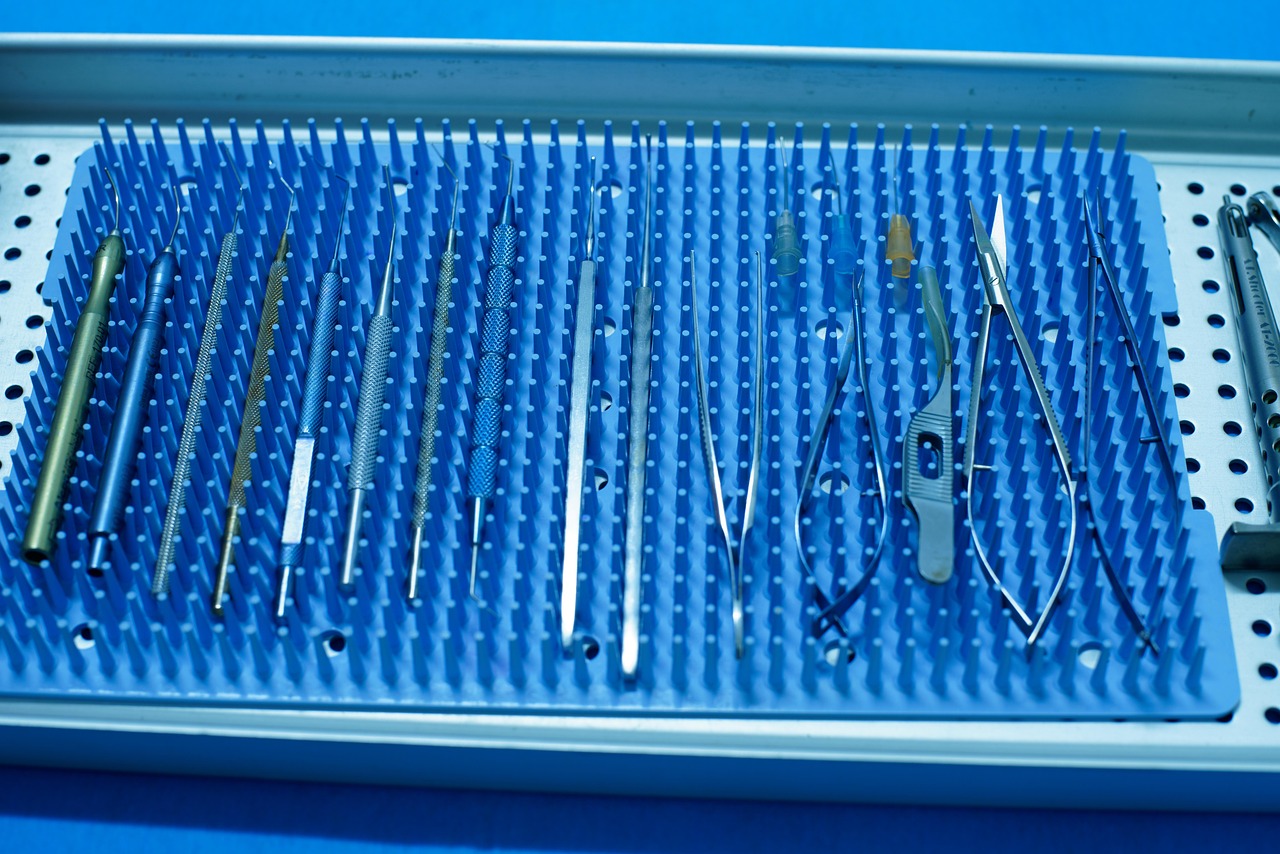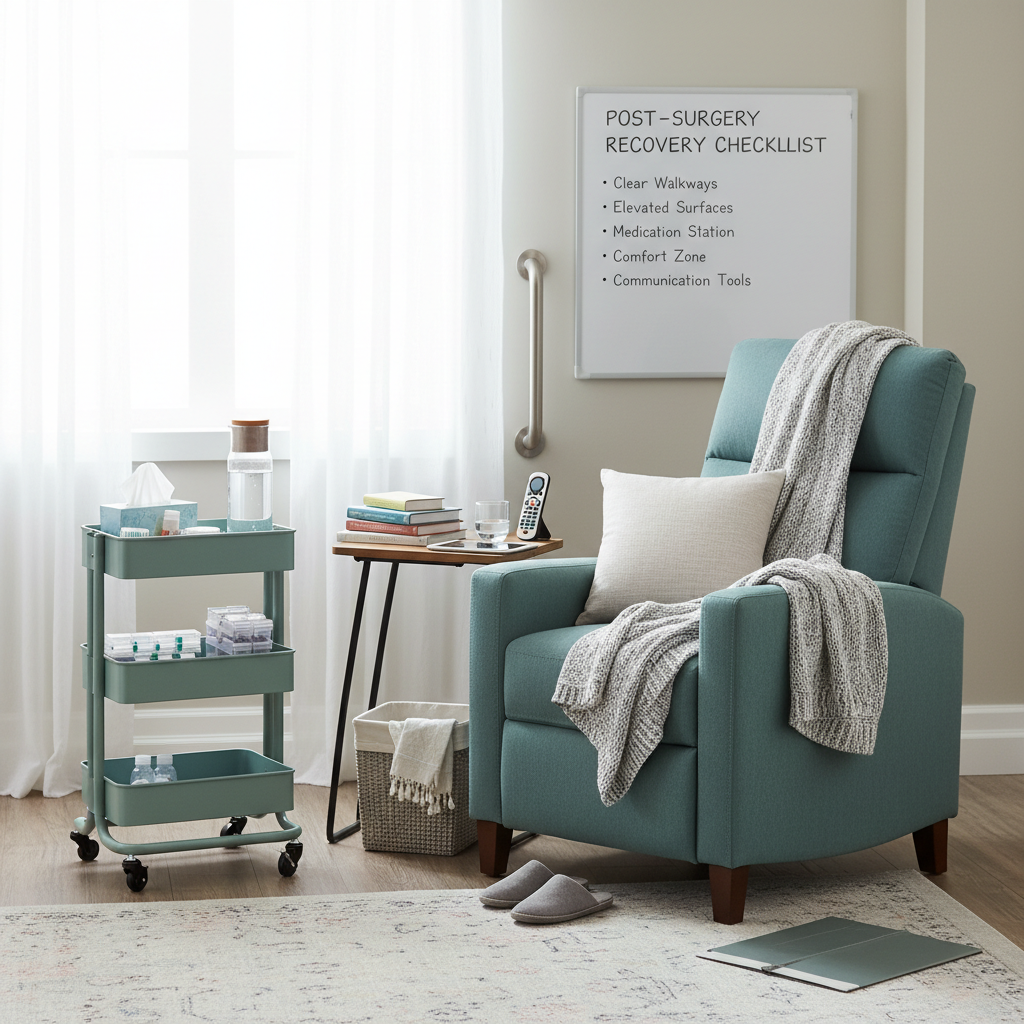
Navigating Surgical Costs: A Guide to Understanding and Reducing Your Bill
Navigating Surgical Costs: A Guide to Understanding and Reducing Your Bill
If you’re a patient facing surgery, a caregiver trying to make smart money decisions, or a benefits manager fielding “how much will this cost?” every week—this is for you. You’re staring down confusing medical billing codes, unpredictable surgery expenses, and the fear of surprise bills that hit right when you’re recovering. Learn more about Navigating Surgical Options. Our healthcare finance team helps patients get clear estimates, reduce surgical costs, and negotiate medical bills—quietly, precisely, without drama—so you can focus on your health, not spreadsheets.
Quick answer: What’s the fastest way to reduce surgery costs?
- Ask for an all-in, itemized pre-surgery estimate in writing (facility, surgeon, anesthesia, implants, pathology). Learn more about pre-surgery estimate.
- Confirm every provider is in-network—surgeon, assistant, anesthesiologist, facility, radiology, labs. Learn more about confirming every provider is in-network—surgeon.
- Compare sites of care: ambulatory surgery center vs. hospital outpatient vs. inpatient. Learn more about minimally invasive options.
- Get the CPT/HCPCS codes and check your insurer’s allowed amounts and prior authorization status.
- Schedule after you’ve met your deductible or before it resets, and use your HSA/FSA strategically.
- Apply for financial assistance, charity care, or prompt-pay discounts before the procedure.
- After surgery, demand an itemized bill and audit for errors; appeal anything off.
- If it’s too much, we can negotiate on your behalf—no guesswork, just data. Learn more about advocating on your behalf.
Top 11 Ways to Understand and Reduce Surgical Costs
1) What actually drives surgical costs?
Five big levers set your surgery expenses: site of care, surgeon and anesthesia fees, implants/supplies, length of stay, and your insurance plan design (deductible, coinsurance, out-of-pocket max). I’ve noticed the site of care alone can swing prices by 2x to 6x. And yes, the same surgeon, same procedure, different facility—totally different bill. Wild, but true.

2) How do I get a real, all-in pre-surgery estimate?
Ask for a written estimate that lists each component with CPT codes: surgeon’s fee, assistant surgeon (if used), anesthesia, facility fee, implants, pathology, radiology, and any pre-op testing. Ask for 1 number for each category, plus the CPT codes tied to each. Why? Because your insurer publishes “allowed amounts” you can check. If the estimate leaves out anesthesia or implants, push back—kindly persistent works.
3) How do I avoid surprise bills from out-of-network providers?
Verify in-network status for every single provider tied to the surgery. Not just the surgeon—the anesthesiologist group, assistant surgeon, facility, radiology, pathology. Call your insurer, then confirm with the provider’s billing office. The No Surprises Act helps for emergencies and for out-of-network providers working at in-network facilities, but I’d still triple-check. One out-of-network anesthesiologist can add thousands.
4) Which site of care is cheapest without cutting corners?
Ask your surgeon if the procedure can be done at an ambulatory surgery center (ASC). ASCs often have lower facility fees than hospitals and can save serious money. For example, knee arthroscopy at an ASC might be $6,400 while hospital outpatient is $11,900—same CPT code, different contracts. Safety matters—some cases truly need a hospital. But ask the question. It’s like choosing between a budget airline and business class… except you’re not getting extra legroom for the price jump.
5) Can timing my surgery lower my bill?
Yes. If you’ve already met your deductible or you’re close—schedule before year-end so coinsurance, not the full deductible, applies. If you’ll meet your out-of-pocket max with the surgery, consider bundling needed related care in the same calendar year. If your plan renews on January 1, a December 12 procedure can cost dramatically less than January 12. Real talk: timing can save hundreds or thousands.
6) How do CPT codes help me compare and reduce costs?
Ask for the specific CPT/HCPCS codes for your procedure and related services. With codes in hand, you can:
- Check your insurer’s “Cost Estimator” tool for allowed amounts.
- Compare facilities and surgeon fees apples-to-apples.
- Spot add-ons (like implant codes) that blow up the bill.
I’d ask for 7 key codes: primary procedure, anesthesia, facility fee, any implant, pathology, radiology, and post-op supplies. Then screen-shot everything.
7) What pre-approvals and referrals prevent denied claims?
Confirm prior authorization with your insurer before scheduling. Ask for the auth number and the approval window. And if your plan needs referrals (common on HMO and EPO plans), make sure they’re in place for the surgeon and the facility. A missing prior auth can turn a covered surgery into a denial… which becomes an appeal… which becomes stress you don’t need.
8) Are there programs that reduce surgery expenses upfront?
Yes—more than most patients realize:
- Financial assistance/charity care at nonprofit hospitals (eligibility often extends well above poverty lines).
- Prompt-pay discounts (ask for 10% to 25% if you can pay the patient portion within 30 days).
- 0% interest payment plans through the hospital or a medical finance partner.
- Manufacturer assistance for high-cost implants or biologics (rare, but worth asking).
Our team screens for every program you qualify for and documents approvals so discounts actually post, not just promised.
9) How do I read and audit an itemized medical bill?
Request an itemized bill and your EOB (Explanation of Benefits). Then check:
- Duplicate charges (same code, same date, same units—classic error).
- Unbundled services that should be included in the main procedure.
- Wrong quantities (8 units of a drug you received once—seen it).
- Non-covered items pushed to patient responsibility incorrectly.
Circle what looks off and ask the billing office for a corrected claim. Be nice, be firm. And document names, dates, and call summaries—these notes win appeals.
10) Can I negotiate medical bills—even with insurance?
Yes. You can negotiate before and after surgery. Before: ask for the in-network rate if you’re cash-pay or out-of-network, or request a surgical bundle price. After: if the balance is unaffordable, ask for a discount in exchange for immediate payment or a 12-month plan at 0% APR. We often anchor the conversation with insurer allowed amounts and local market medians—data beats vibes.
11) What if I don’t have insurance or I’m out-of-network?
Ask for a written “self-pay bundle” that includes surgeon, facility, anesthesia, and routine post-op care. Compare at least 3 centers. Many ASCs have transparent prices posted now (thanks to price transparency rules). If you’re out-of-network but the surgeon is your best option, request that they accept the in-network allowed amount as payment-in-full in writing. Not always granted—sometimes yes, especially if it’s a non-peak block or you’re paying promptly.
Smart insurance moves that lower surgery costs
Two quick plays: during Open Enrollment, pick a plan with your surgeon and preferred facility in-network and check the out-of-pocket max—this cap matters more than the deductible once you’re facing a big procedure. And fund your HSA; using pre-tax dollars can save 22% to 37% depending on your bracket. Small moves, big effect.
People also ask about surgical costs
How much does surgery cost without insurance?
It depends on procedure and site of care, but think concrete numbers: laparoscopic cholecystectomy might be $5,800 at an ASC vs. $14,200 at a hospital outpatient center. Cash-pay bundles often beat list prices by thousands. Always request a written bundle and compare at least 3 facilities.

Does insurance cover anesthesia and implants?
Yes, if the procedure is covered and medically necessary, anesthesia and medically necessary implants are typically covered at the plan’s coinsurance after deductible. Verify CPT codes and prior auth. And check if any implant requires separate authorization—some do.
Is the No Surprises Act protecting me?
It protects you from balance billing in emergencies and from certain out-of-network charges at in-network facilities. It doesn’t green-light every scenario. Still verify provider networks and keep all Good Faith Estimates—you can dispute big gaps.
What if my bill is way higher than my estimate?
Ask for an itemized bill, your EOB, and a written explanation of differences tied to codes. Then file a dispute referencing the estimate and any prior auth. In my experience, documented conversations and screenshots get faster adjustments than angry emails.
If all this feels like a second job…
We can do the heavy lifting: collect CPT codes, verify networks, get prior auths, run cost comparisons, find assistance programs, and negotiate your medical billing. You get one clear plan and a lower number—without spending 9 hours on hold. If you want that, say the word.
FAQs
What factors affect surgical costs the most?
Site of care (ASC vs. hospital), insurance plan design (deductible, coinsurance, OOP max), provider contracts, implants/supplies, and complications/length of stay. Changing the site of care or timing with your deductible often moves the needle fastest.
How do I reduce surgery costs before the procedure?
Get an all-in estimate with CPT codes, verify in-network for every provider, compare facilities, confirm prior auth, apply for financial assistance, and schedule after you’ve met your deductible. That combo cuts surprises and your final bill.
Can I get a payment plan for surgery bills?
Yes. Most systems offer 0% interest plans from 6 to 24 months; some go up to 36. Ask the billing office early and get terms in writing. Pair it with a prompt-pay discount if you can make a partial upfront payment.
What should I look for on an itemized hospital bill?
Duplicate charges, unbundled items, incorrect quantities, services not received, and out-of-network pricing applied in error. Compare the bill to your EOB line by line, and request a corrected claim for mismatches.
Do I need a medical billing advocate?
Not always. But if the estimate is unclear, the surgery is high-cost, or you’re already getting denials, an advocate can save time and money. We step in where it’s messy—verifications, appeals, negotiations—and bring the bill down with data, not luck.




